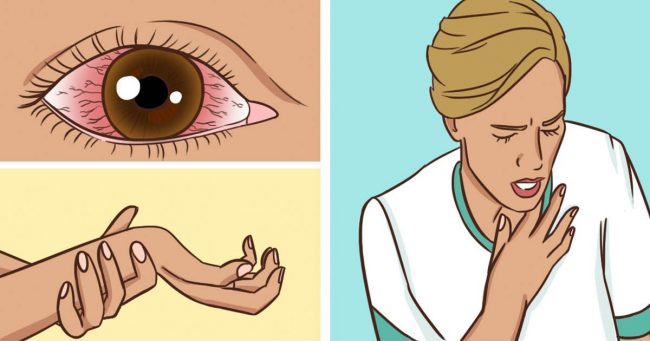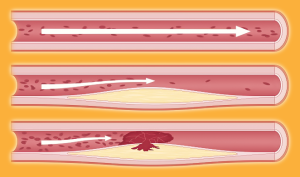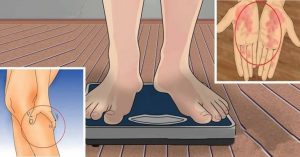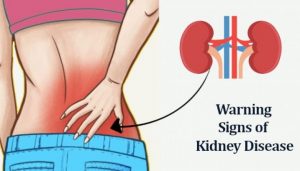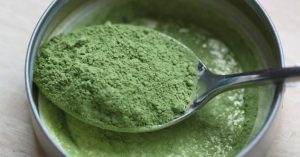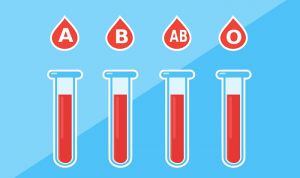Are you struggling to lose weight and maintain a healthy diet? You may have a toxic fatty acid that blocks weight loss.
Here's how a simple “Ice Hack” speed up my fat loss and helped me restore my health, watch now.
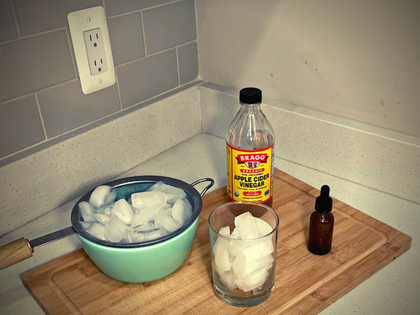
Mold can grow almost anywhere, in wood, leather, fabrics and even insulation. Toxic mold has a detrimental effect on human health and can easily lead to serious health problems. Plus, it can cause a wide range of traits like rashes, weakness, and dizziness.
Unfortunately, many people don’t take mold as a serious health problem. In fact, sufferers aren’t even aware of the toxic mold exposure and believe it’s a simple cold, flu or allergy. Additionally, many studies explain that mold is similar to other air pollutants and contributes to 50% of diseases. Therefore, it’s crucial to determine where do mold come from in order to prevent the spread of serious health concerns.
The first thing you may notice is the musty odor, then you can search for water stains on the walls, discolored carpets, white and black spots, or bowed floorboards. In fact, mold usually forms in the home after an area has been exhibited to water leaks.
Here are few types of mold illness you shouldn’t ignore:
1. Alternaria
It’s mostly found in the upper respiratory tract and may trigger many symptoms of an allergy, such as cold and flu.
2. Aspergillus
It’s usually found in warm and very humid climates, plus is known to be a common resident of house dust. Aspergillus releases mycotoxins and can trigger the development of lung infections.
3. Cladosporium
It grows in damp and warm climate, and it is considered to cause hay fever and asthma-like symptoms.
4. Penicillium
It’s found on fabrics, carpet, wallpaper, and fiberglass duct insulation. This type of mold often causes allergies and asthma.
5. Stachybotrys
This extremely dangerous and toxic mold. Black mold releases mycotoxins and may lead to severe breathing complications and pain in the lungs. It’s not really common in households however, it may grow on wood and paper.
Here are several symptoms of mold illness you should be aware of:
- Headache, light sensitivity
- Fatigue and weakness
- Tearing, disorientation, mineral taste in the mouth
- Appetite waves, body heat management
- Reduced memory, challenging words finding
- Vertigo, feeling dizzy
- Morning stiffness, joint pain
- Abnormal skin sensations, tingling, and dullness
- Shortness of breath, chronic cough or sinus congestion
- Red eyes, sweats, blurred vision, sharp pains, mood swings
- Difficulty focusing
- Raised urinary cycle and increased thirst
- Static shocks
- Abdominal pain, bloating, diarrhea
Source: itshealthy.life
"Lastly, here's a special reward, a drink that killed my cholesterol, fat and my blood sugar.
I lost 62 lbs of deadly fat, clogging up arteries and completely transformed my body in my 40s.
Here's the video of how to prepare this juice, lose at least 28 lbs – in as little as 21 days!
Consume this way, it can help you with blood sugar, cholesterol and many other health benefits. Watch now.

